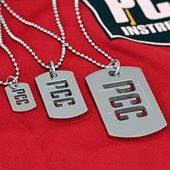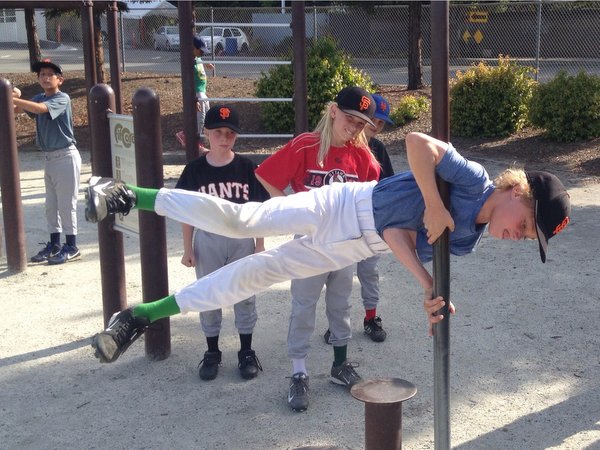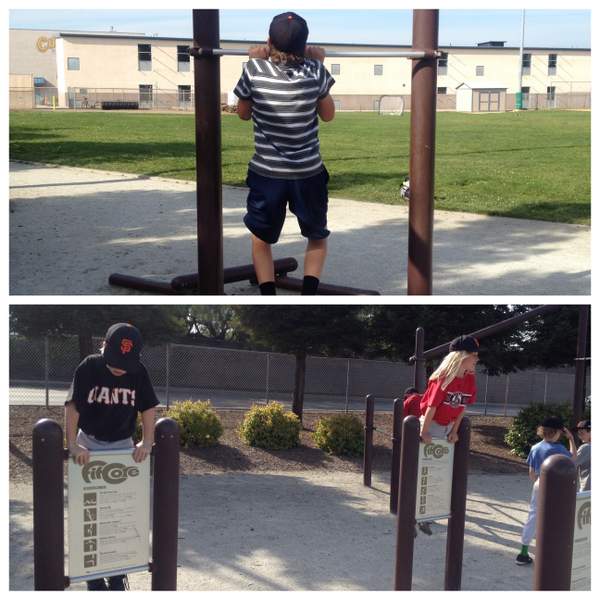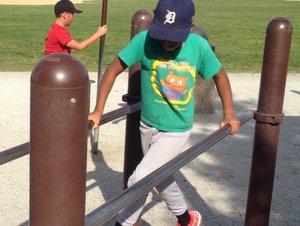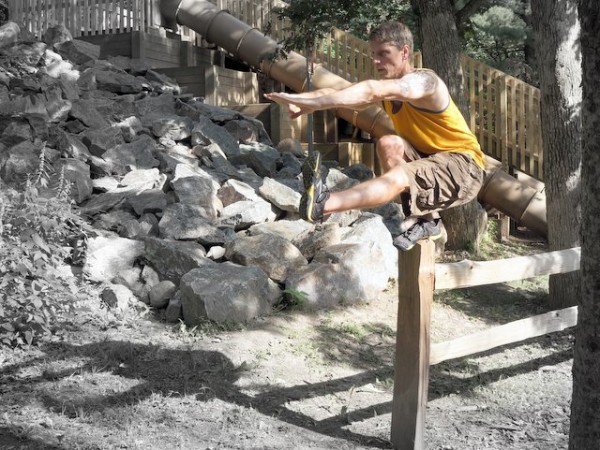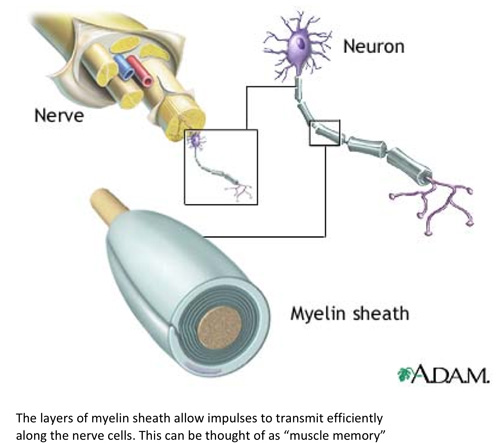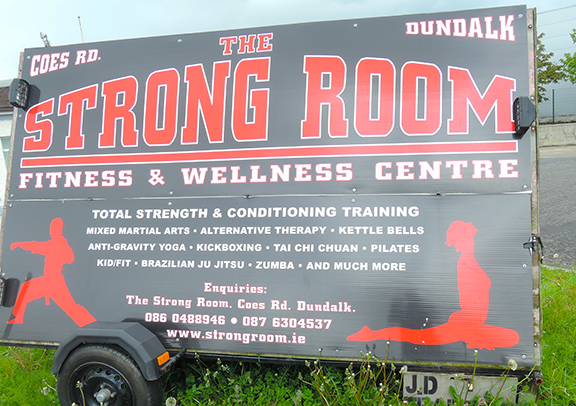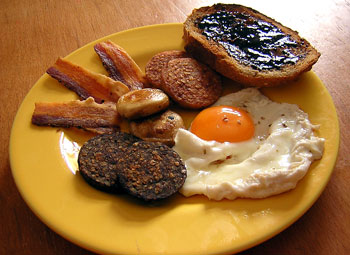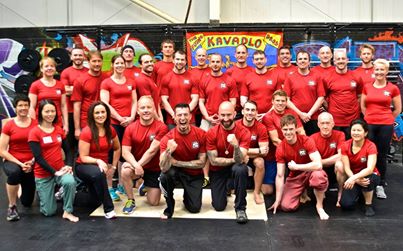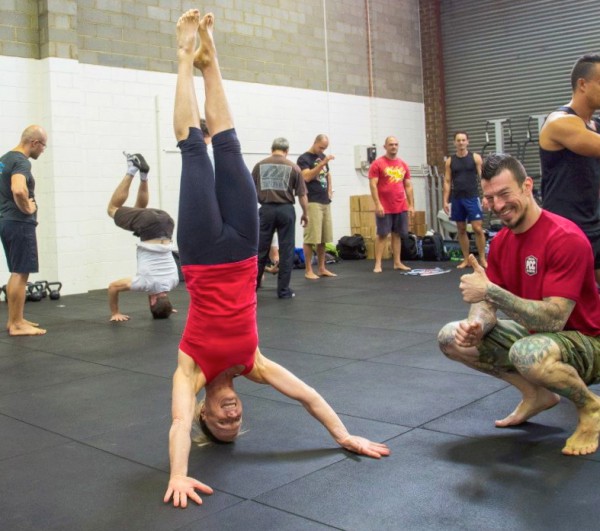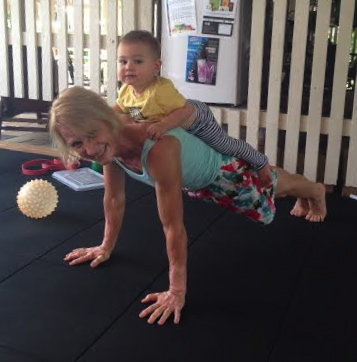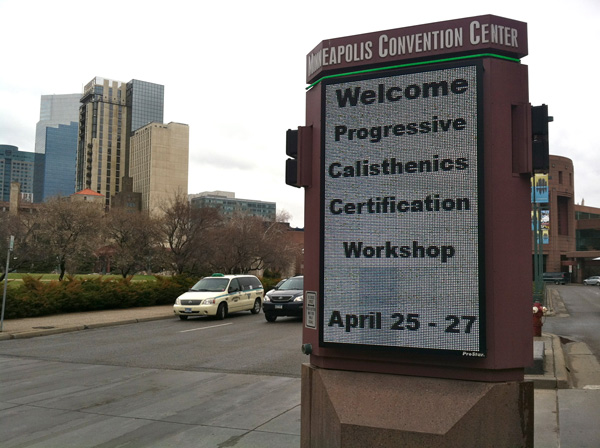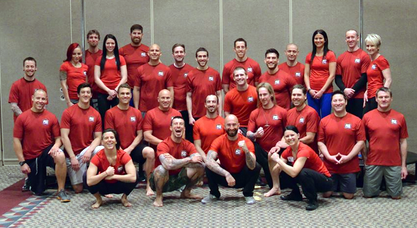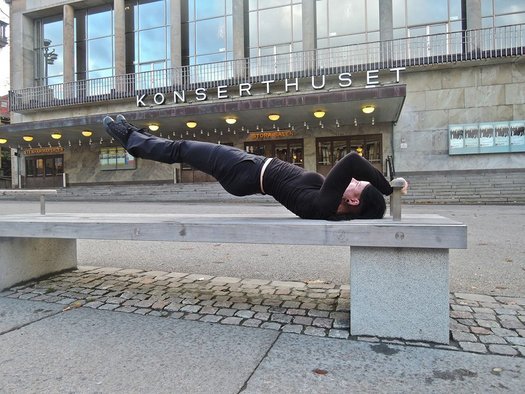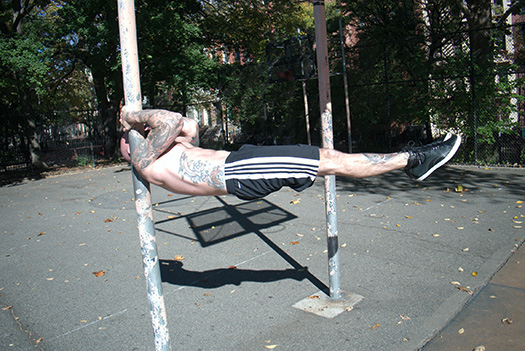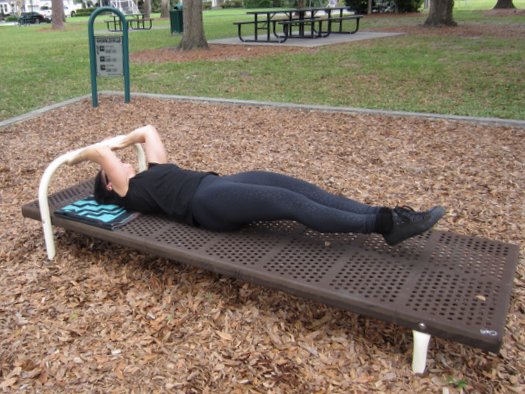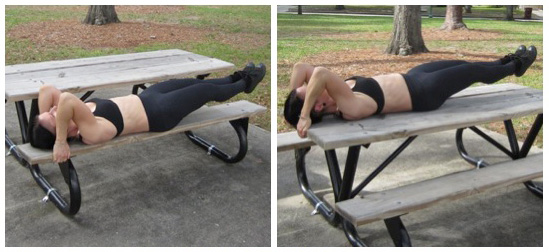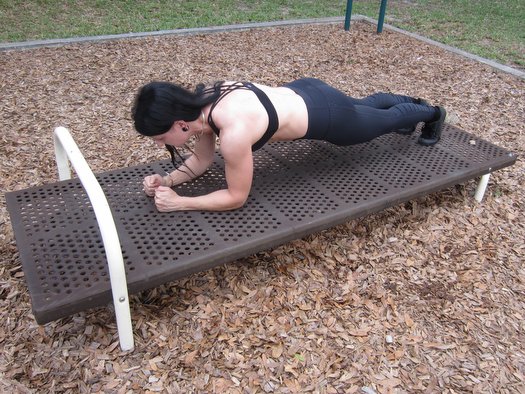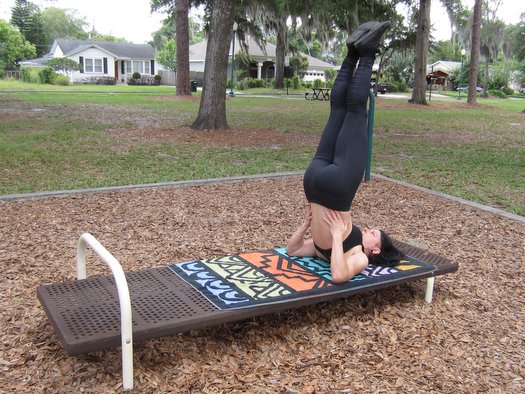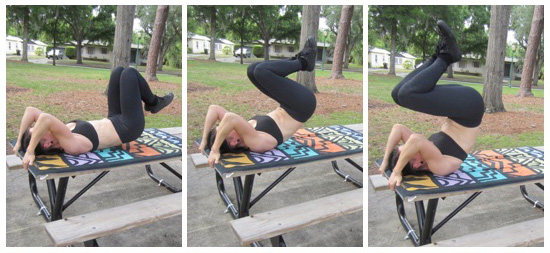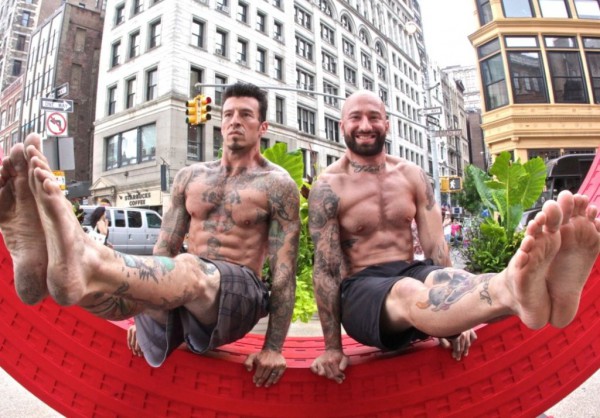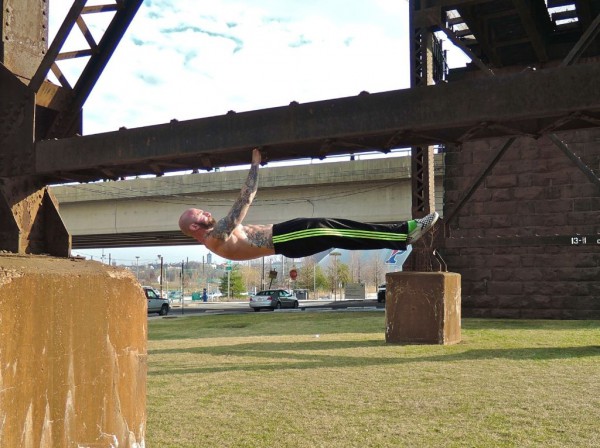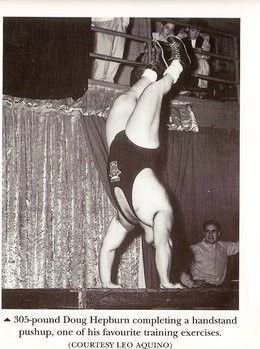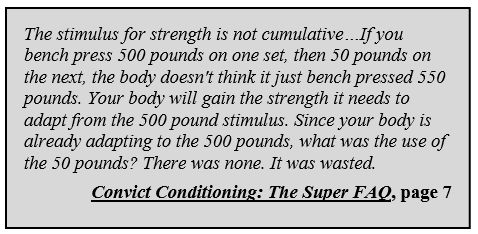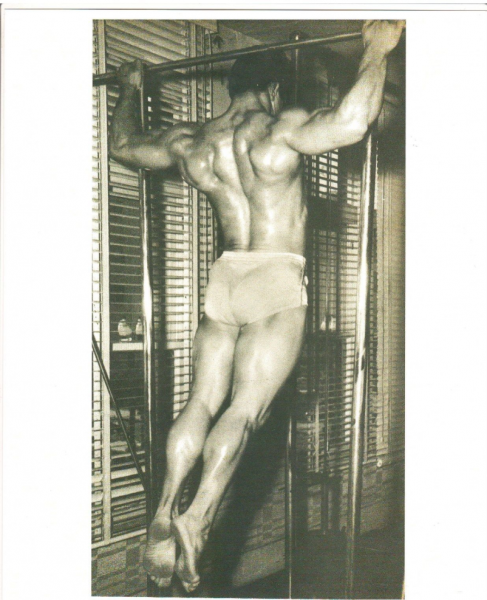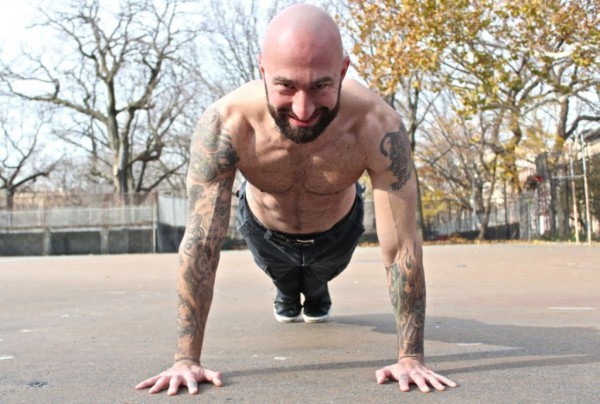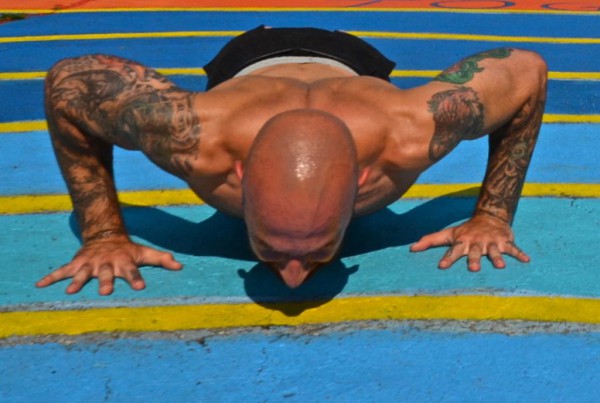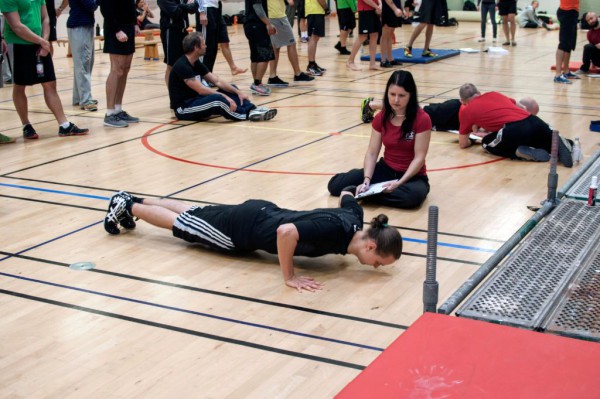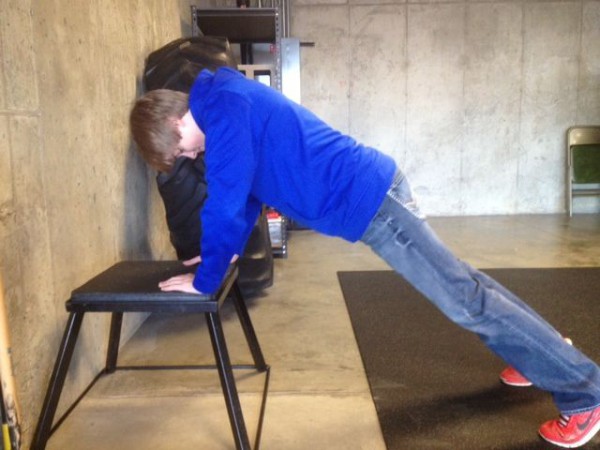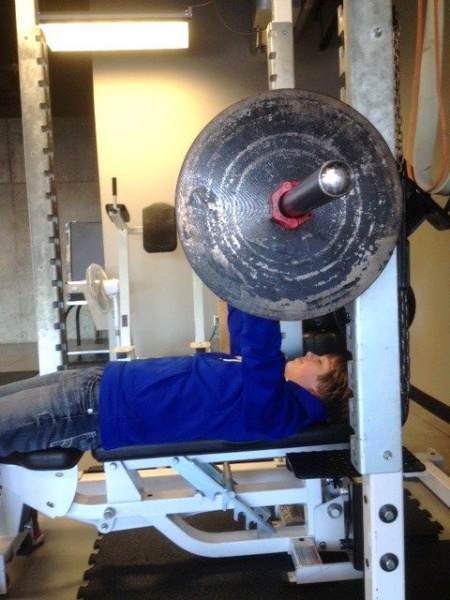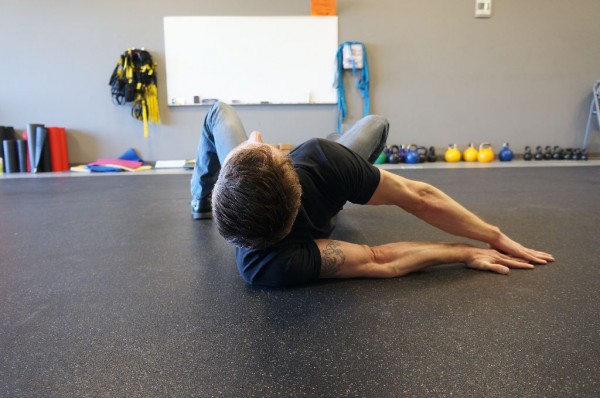[ssba_hide] Around seven months back, I wrote a two-part post for this blog, called The Ten Commandments of Calisthenics Mass. I wrote it because, in my experience, many athletes know how to use bodyweight to build strength and skill—but very few really understand how to use calisthenics as a powerful tool to maximize dense muscle mass.
I didn’t realize it when I was writing it, but the piece turned out to be the most popular post ever published on the blog. I love hearing from the bodyweight athletes out there, so I was real happy to get, and answer, ten comments. But then I got twenty. Then fifty. Eventually, the piece had hundreds of comments, and I had a mountain of questions by email, too. The article had really hit a nerve—a huge amount of blog readers were clearly starving for more information on old school bodyweight bodybuilding. A lot more.
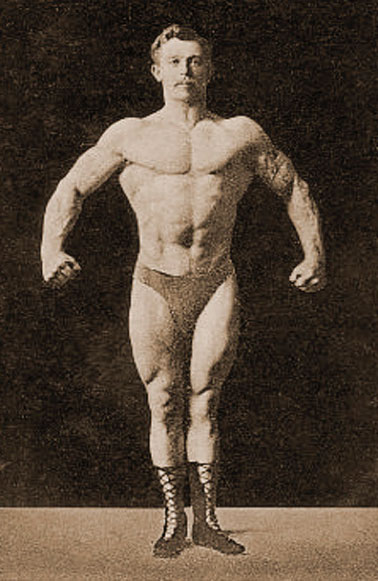
Many modern trainees have been taught that only external weights build muscle, and bodyweight is simply for fitness. A century ago, the opposite was true. Most of the truly muscular men—like Alfred Moss—used calisthenics to get big, and only ever employed super-light dumbbells for conditioning.
Then a member of the community had a smart idea. Somebody suggested—for convenience sake—that we weld the two posts together, and throw in a bunch of the questions and answers I’d been discussing. We could publish this as a short PDF, free to members of the PCC community.
This was a great idea, but I decided to go one better.
You see, I’m passionate about bodyweight bodybuilding. I love it. And talking to all you guys and girls on the blog had ignited that fire hotter than ever! I wanted you all to love it too, to see calisthenics mass-training the way I have always seen it.
So as I was putting the little PDF together, something happened. I started to really get into it…found I was setting down all of my “secrets”…my favorite exercises, my hard-won tactics, my long-held theories about bodybuilding routines…
…and before I knew it, I had added over a hundred dense pages of totally new material! I made this little book into a big book, representing the last word on bodyweight mass building!
When I was done, I crammed this new volume with dozens of cutting-edge bodyweight training shots, as well as old school photos, instructional illustrations, graphs and tons of other cool stuff! After months of effort, I was finally as proud as a new poppa. I called my latest baby C-MASS—for calisthenics mass—and I’m not lying when I tell you that I love this book at least as much as Convict Conditioning.
Here she is!
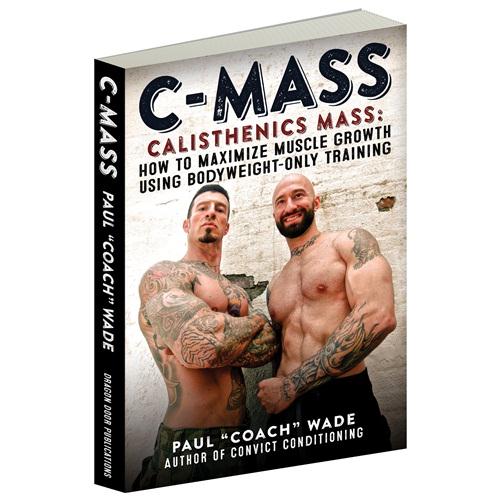
I know what you are thinking—probably what I would be thinking, reading this post. I’d be thinking: okay…he’s gonna try and sell us something now. He said the book would be free to the PCC community, but because the book has so much extra content, he’s decided to cash in on it.
I would think that too. But I’d be wrong. When it comes to my bodyweight brothers and sisters, I’m a man of my word. Only for the PCC community and regular readers of this blog, I’m giving you the chance to get your FREE copy of C-MASS, today.
[Offer is now closed]
Simply enter your details, and as soon as Dragon Door staff have verified that your request is appropriate, they will shoot you your own complete digital copy of C-MASS! (In the form, there’s a question asking why you qualify for a copy of the manual. Just tell them that you are a follower of the blog, a member of the PCC community, or whatever else makes it right.)
This gift-offer has a window of one week—the webpage above is temporary and will close on Tuesday, June 10th. I worked real hard on this book, and I would dearly love all of you reading this to receive this little gift from me. So please grab it now!
What’s the catch?
There is no catch. The gift is yours, no-strings-attached. However, note that Dragon Door has already been selling C-Mass as an inexpensive e-book and is working on the design for a paperback version, which should be published in a couple of months. So, perhaps you’ve already got the sucker! Then consider this a second copy you can share with someone who could really use it.
I’m not the only one who has worked on this project out of love, either—the entire PCC team has taken part! When I told them I was writing a new book, Al Kavadlo and his brother Danny offered to donate all the high-quality photos I needed. They asked for nothing, and bent over backwards (in the case of the bridging images, literally!) to get me everything I asked for. Likewise, John Du Cane threw all his support behind the project, donating PCC event photos and handing me all the resources I needed to get this thing done. What a goddam gentleman!
Even the lovely-but-super-busy Senior PCC Adrienne Harvey threw in a great photo—plus, it was the Girya Girl herself who took the amazing cover shot! The entire team pulled together for this. It is a true honor to work with such talented people, people who will drop everything, just for a chance to give something back to the bodyweight community.
The PCC team put this together as a labor of love, just to show our heartfelt gratitude to all of you—the amazing PCC community who have supported us SO MUCH over this, our first year. I’m not just talking about all you future-legends who attended our certs, or the phenomenal athletes who have won the right to bear the letters PCC after their name. I’m also talking about all the wonderful folks who have spread the word, checked out this blog, made a comment, or just plain shown interest in what we are doing.
Guys—you are amazing. Thank you so much for being with us. With you enlisting in the Bodyweight PCC Army, this first year has been mind-blowing. Next year is gonna be even better!
…so what are you waitin’ for? Go get your free book!
Paul
PS. If you enjoy it, please come tell the world here.
